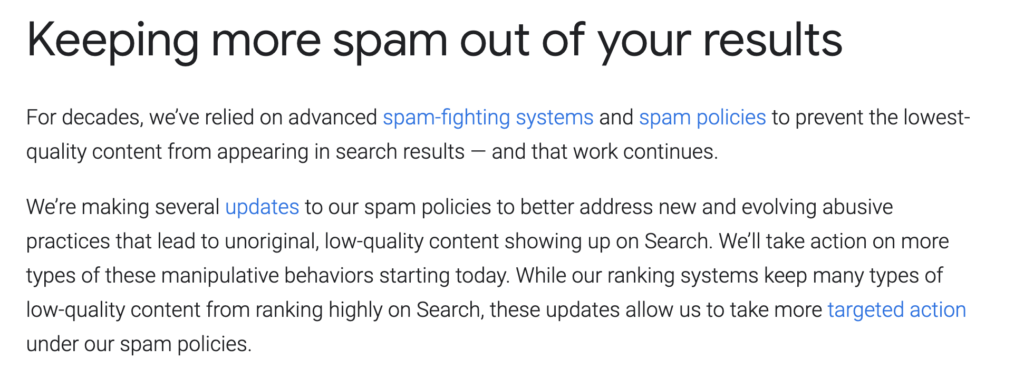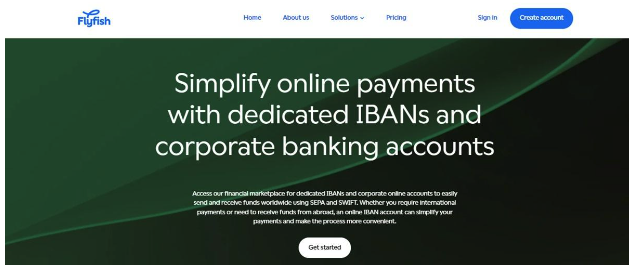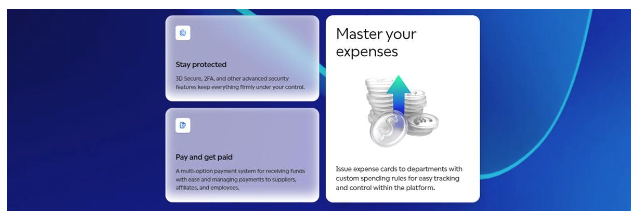Net-Zero Building Certification is a credential that identifies structures which have attained parity between the amount of energy they use and how much renewable energy they produce in twelve months’ time.
This guide will outline step by step what you need to know about obtaining and maintaining your own net-zero building certification.
Analyze Your Building’s Energy Performance
To get a certification for net-zero building, it is important that you evaluate how your building uses energy at present. To do this:
Initially, conduct an entire energy audit. This entails studying bills, examining systems and gauging energy flows.
During the audit, find out where power is wasted. Examples are; insulation that is not done well enough, air passing through gaps in the walls, outdated light bulbs among others.
You should also match the results of your study with what is required for certification. This will highlight areas that need better energy efficiency from you.
Make sure that the targets which you set in accordance with findings of audits are clear and measurable as well as based on requirements for certifications only. They must be both realistic and challenging.
This phase is very important in understanding the energy profile of your building and planning for it.
Design a Strategy for Energy Efficiency
To create an effective energy efficiency strategy for your net-zero building, concentrate on four main areas:
1. Use Technologies That Save Energy – Replace inefficient appliances, lights and equipment with those that are energy efficient. Fixtures or controls should be installed so as to optimize the use of energy through lighting.
2. Improve Building Envelope – This can be achieved by enhancing insulation, sealing off air leaks and installing high-performance windows that reduce loss of heat to the outer environment.
3. Incorporate Renewable Sources of Energy – You may consider setting up solar panels, wind turbines or even geothermal systems onsite which will provide clean power for all your building needs.
4. Building Operations – Implement energy-saving practices such as adjusting HVAC schedules, promoting energy-conscious behavior, and regular equipment maintenance. Ensure building systems operate at peak efficiency.
The key is a multi-pronged approach targeting energy-intensive areas. A holistic strategy addressing all these aspects will maximize energy savings and progress towards net-zero.
Navigate the Certification Process
The certification process is the most important step after implementation of energy-saving measures and it requires some key steps that should be well prepared and paid attention to in detail.
Choose the right Certification Body
Research on different programs for certifying net-zero buildings then evaluate them so as to find one that best suits your type of construction, location and specific objectives. Some of the things you can consider include the reputation of the program, what it requires from applicants as well as cost implications associated with getting accredited under such a scheme.
Prepare Necessary Documentation
Gather and organize all the documentation required by the certification body, such as energy audits, building plans, energy data, and proof of implemented efficiency measures. Ensure they are complete and accurate.
Submit Your Application
After obtaining every required document, complete application forms provided by relevant authorities then send them back along with necessary attachments plus applicable charges within set time frames indicated in their guidelines.
Address Feedback and Adjust
Expect some inquiries or even demands for more clarifications from those who review applications for certifications. Whenever faced with such a situation, do necessary corrections either on structures of your establishment itself or supporting documents until everything meets required standards for awarding this status.
The key is to know these conditions well before starting anything else. Prepare adequately including making an application promptly while responding positively where necessary based on available information during each stage towards successful completion of the procedure.
Monitor and Maintain Certification
Obtaining net-zero certification is just the first step – consistent monitoring and adjustments are necessary to maintain that status. You need to:
- Set Up Continuous Monitoring – Establish a system for continuous monitoring of your building’s energy performance to ensure it meets the net-zero standards.
- Adjust Building Operations – Regularly adjust building operations based on monitoring data to optimize energy efficiency and maintain net-zero performance.
- Conduct Regular Audits – Conduct regular energy audits to identify any areas for improvement and ensure your building remains compliant with the certification standards.
- Renew Certification – Most net-zero building certifications require periodic renewal, typically every few years. Be sure to follow the renewal process and provide the necessary documentation.
Leverage Your Net-Zero Building Certification
Exhibit your commitment to sustainability in promotional activities. More so than just polishing up a corporate image, this puts others under pressure.
Involve tenants, staff and stakeholders in the process. Educate them about ways of saving energy and celebrate achievements together. To remain at net-zero levels calls for a combined endeavor which calls for appreciating each other’s efforts.
Certifications are great assets for attracting green lessees or investors. Point out energy-saving measures and state-of-the-art technology used in the building.
You might want to consider sharing what you have learned during this sustainable journey with others within this industry because there could be still room left for more adoption of such practices. Tell your own story at different conferences through case studies or networking sessions – it can really change things up!
You didn’t work hard just to earn that certification then let everything else go down the drain. Use this opportunity wisely so as benefits can accrue not only to buildings but also stakeholders as well as the environment surrounding us because when promoted efficiently will have significant results in hand.
Address Challenges and Obstacles
Expect to have difficulties in getting net-zero certification due to financial limitations or getting stakeholders involved. Here’s how:
1.Overcome Financial Barriers – it is expensive to adopt strategies for achieving net-zero therefore seek alternative methods of funding such as incentives and rebates which can help offset initial costs.
2. Technical Hurdles – solve all the technical problems that may arise during the certification process like incorporating renewable energy sources into the system or optimizing building services.
3. Stakeholder Involvement – at every stage make sure there is buy-in from stakeholders by explaining benefits and addressing their concerns too.
4. Changing Regulations – always stay updated with changes in codes, standards or regulations governing construction industry then adjust your approach accordingly so as not lose track with compliance requirements.
With these steps one can get through gaining and keeping net zero building certifications thus showing commitment towards environmentalism within constructed areas.
Conclusion
However as you set off on this path towards a greener future, do not forget that keeping your Building Passport current is not just about checking boxes. It is an act of sustainable stewardship which involves continuous improvement.
Keep engaging team members, refreshing tactics used while being mindful about how well the structure functions overall. Let challenges be spring boards for greater achievement so that pride may accompany each new visa stamp.
Because in reality, every little stride counts towards saving our planet!
The post How Tech Can Help you Obtain a Building Passport: Net-Zero Building Certification Guide first appeared on IT Security Guru.
The post How Tech Can Help you Obtain a Building Passport: Net-Zero Building Certification Guide appeared first on IT Security Guru.


